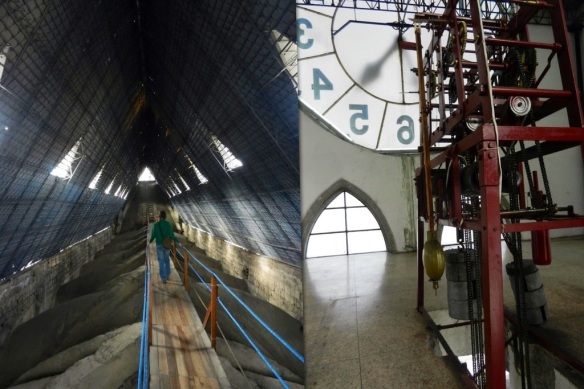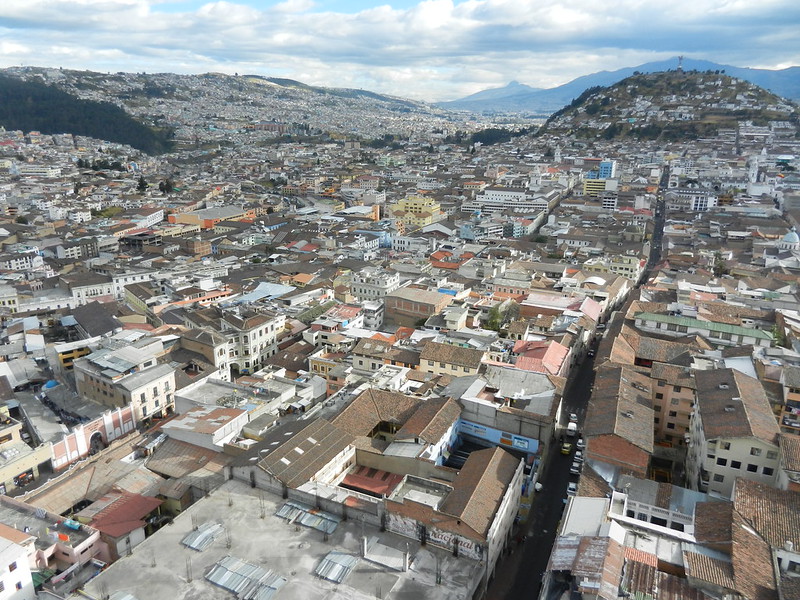We spent a few days in Otavalo before heading to our workaway in Cotacachi, a small village nearby. We didn’t see the famous Saturday market, but we did wander around the regular tourist market as well as the locals’ food market.



The 18m Peguche waterfall is on the outskirts of town. You can get there by following the old train lines north of town. There’s a little campground there, which at the time we visited seemed to be the place for local teens to hang out.

We took a half day guided hike ($35 pp, including transport, guide and lunch) to Fuya Fuya, the extinct volcano overlooking the sparkling Lagunas de Mojanda.

There was barely a cloud in the sky when we set out in the back of a bumpy truck from Otavalo. On arrival, the walk looked deceptively simple; straight, up, and up a little more.

But in the high altitude we were a little slow and as we kept going we realised there was a lot more ‘up’ than we had seen from back at the lake side.

By the time we reached the top, we were covered in clouds and our hopes for the spectacular view quickly vanished. However, it was beautiful being surrounded by spiky vegetation and drifting whiteness, and our guide kept us entertained with stories and facts.

My favourite tale was about a family of cannibals who lived along the old route between Quito and Otavalo, which passes close to Mojanda. They preyed upon weary travellers until one day a visiter stopped at their farm for food and was served pie…with a human nose inside! He escaped and ran to tell local villagers who got together a posse and killed the cannibal family.

Despite the clouds, it hadn’t rained for quite a long time in these parts; plants and animals were drying out.

Laguna Cuicocha, a volcanic crater lake nearby, was more lush.

It’s possible to walk around the whole crater in about 4 hours, but we didn’t have that much time so we contented ourselves with hiking partway and sitting to watch the pleasure boats chug across the blue water. There’s also a small, modern museum which explains about the local ecosystem and formation of the lake.

There’s no public transport to either of the lakes so you have to rent a private vehicle, hitchhike or go with a tour. We got a truck-taxi in the village of Quiroga to take us to Cuicocha and pick us up later for $10. You can get this cute map overview of the area at the tourist office in Otavalo.
























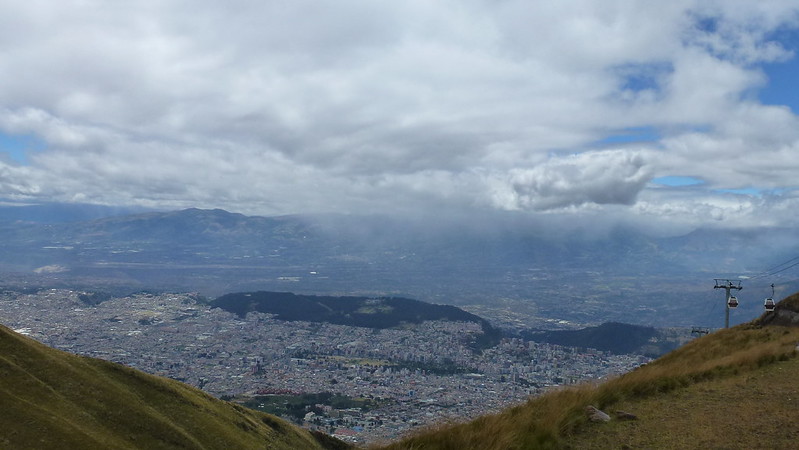
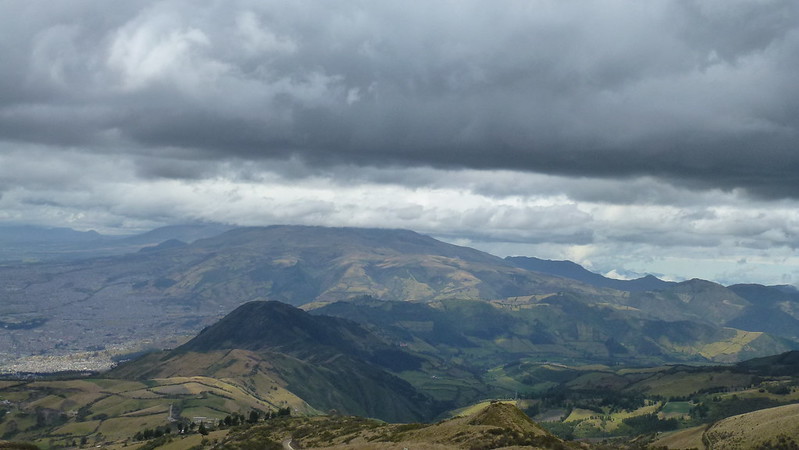

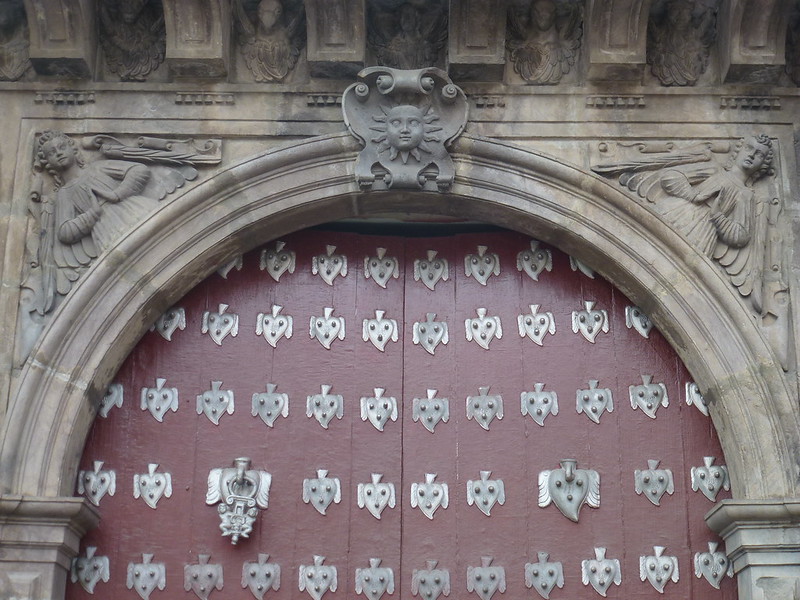

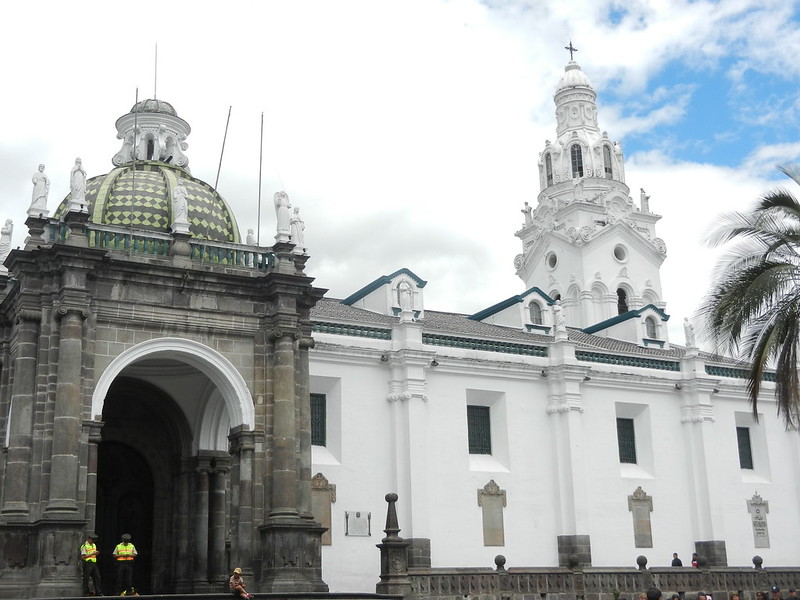

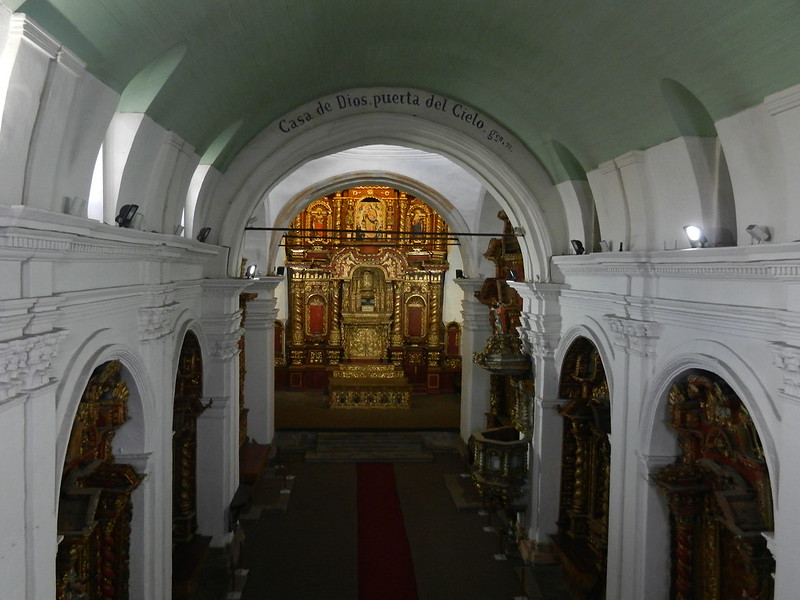
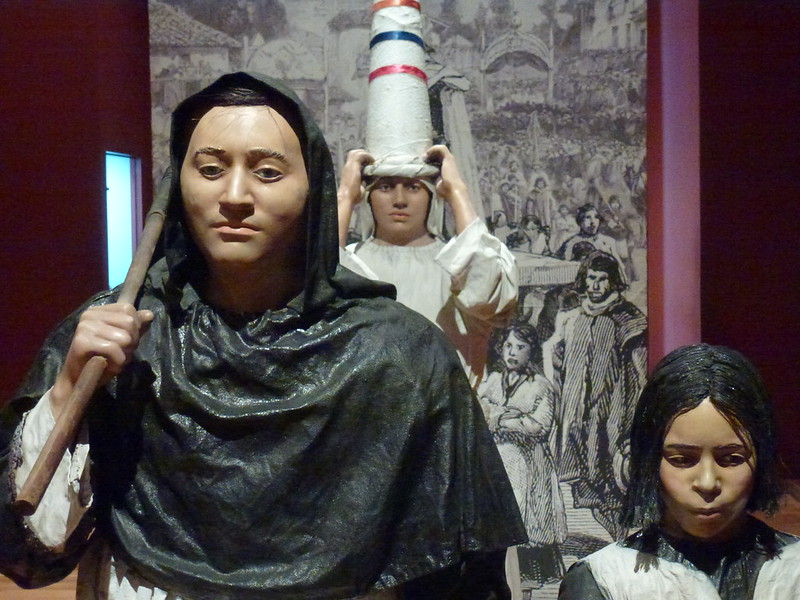

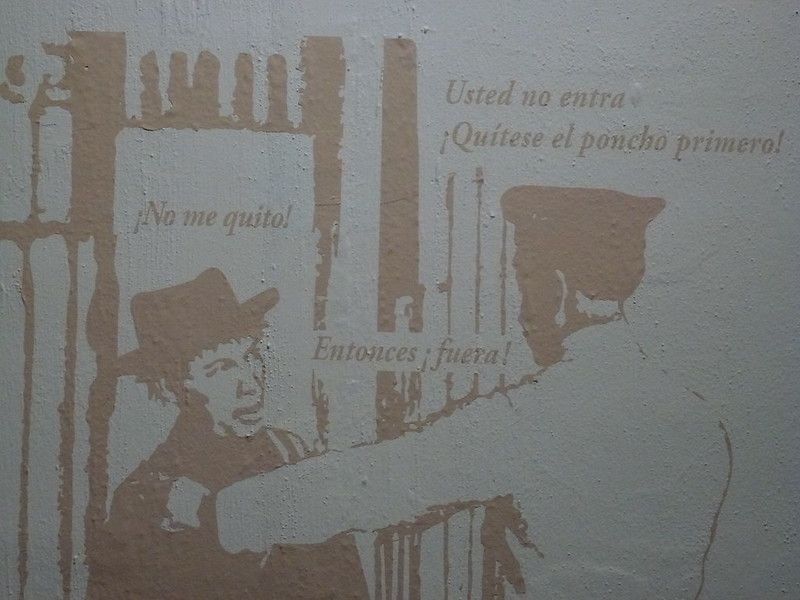
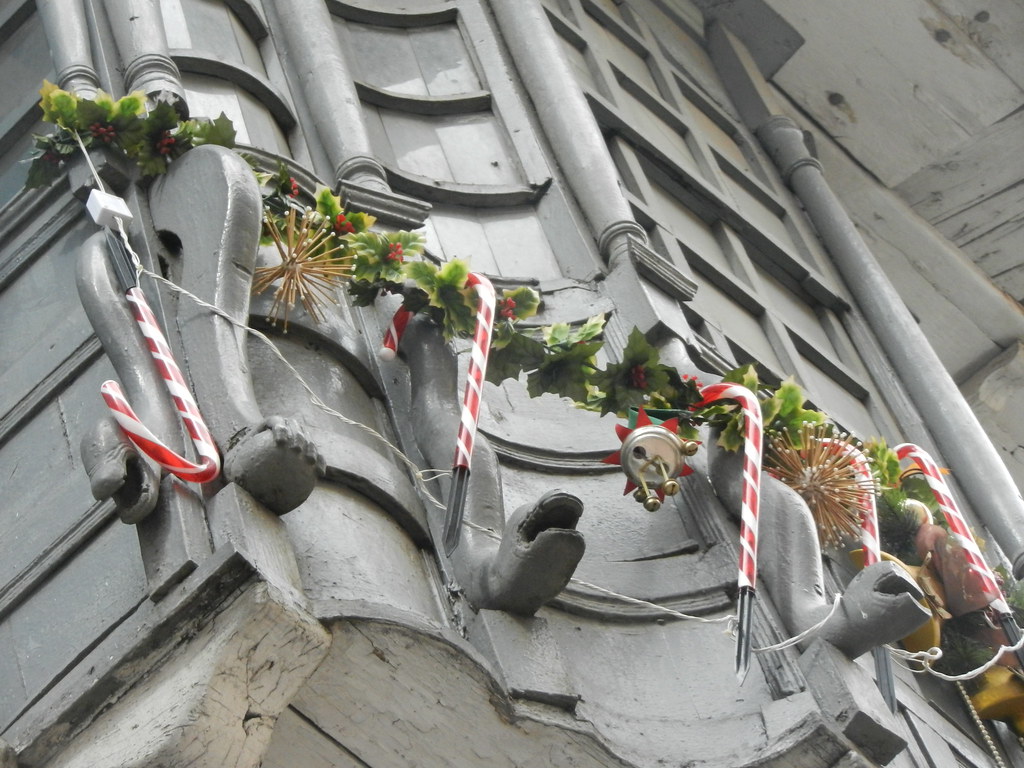 Enjoy these festive decorations from a balcony in Potosí – wherever you are we hope you you have a great time during these holidays!
Enjoy these festive decorations from a balcony in Potosí – wherever you are we hope you you have a great time during these holidays!


